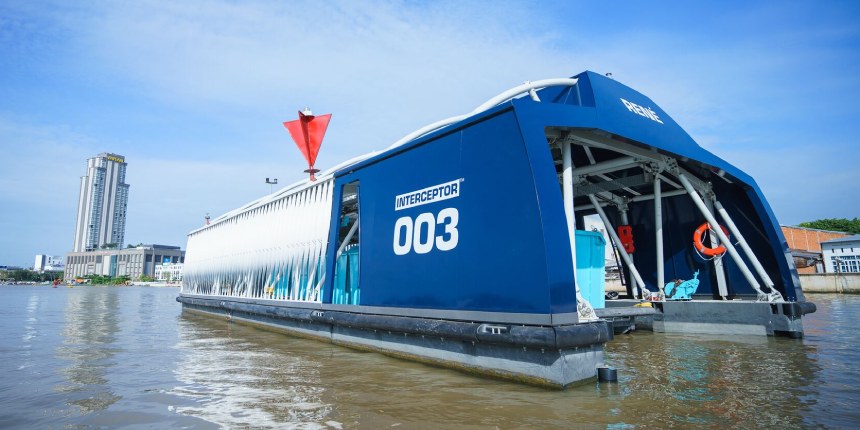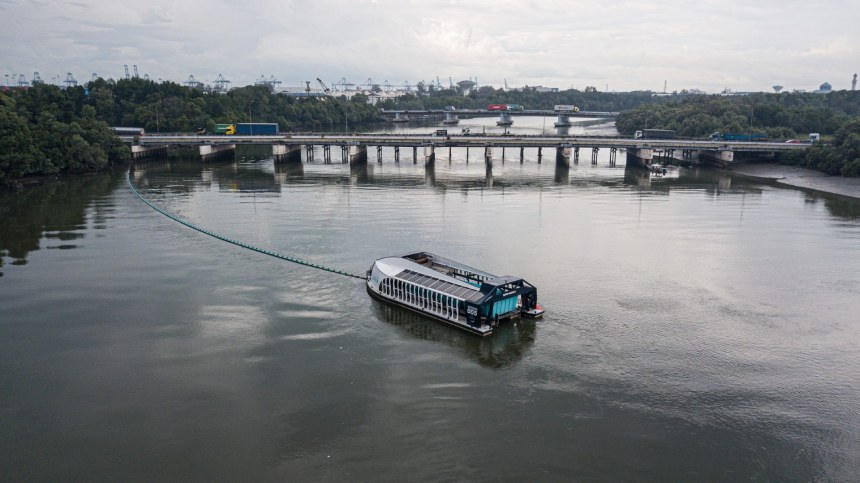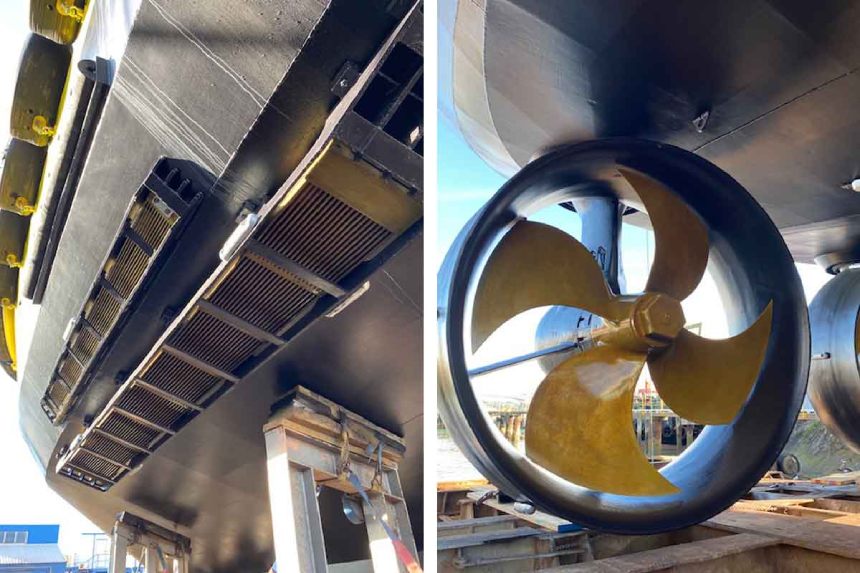Since the beginning of May 2022, European Maritime Safety Agency (EMSA) Remotely Piloted Aerial Systems (RPAS) have been flying over the East Baltic Sea region following a coordinated request for enhanced maritime surveillance from the Finnish Border Guard, the Estonian Police and Border Guard Board and the Latvian Coast Guard Service.
IMSAR’s radar is supporting EMSA on the Textron Systems Aerosonde unmanned fixed-wing aircraft, flown by contractor Nordic Unmanned. The Aerosonde can stay in the air for 10 hours and can fly up to 140 km within radio range and further depending on the ground relay stations. It is equipped with a gimbal with optical and infrared sensors, and an AIS receiver alongside the IMSAR radar.
The regional scope of the operation enables cross-border flights over the Gulf of Finland and the exclusive economic zones of both Estonia and Latvia. While the service increases situational awareness for a wide range of coast guard functions, the focus of the operation is on maritime safety and security, environmental protection, fisheries control and search and rescue.
During this five-month operation, the national authorities from Finland, Estonia and Latvia are working in close cooperation, planning, following and receiving data from the flights irrespective of the point from which the RPAS is deployed. As the flights will continue throughout the summer, when maritime activities typically increase, the operation is expected to bring additional support to the emergency services as they monitor and respond to incidents in the coastal waters.
This operation builds on the services provided by EMSA in 2021 to both Estonia and Finland, taking forward the regional dimension by enabling cross-border flights within the airspace of the three participating countries.









